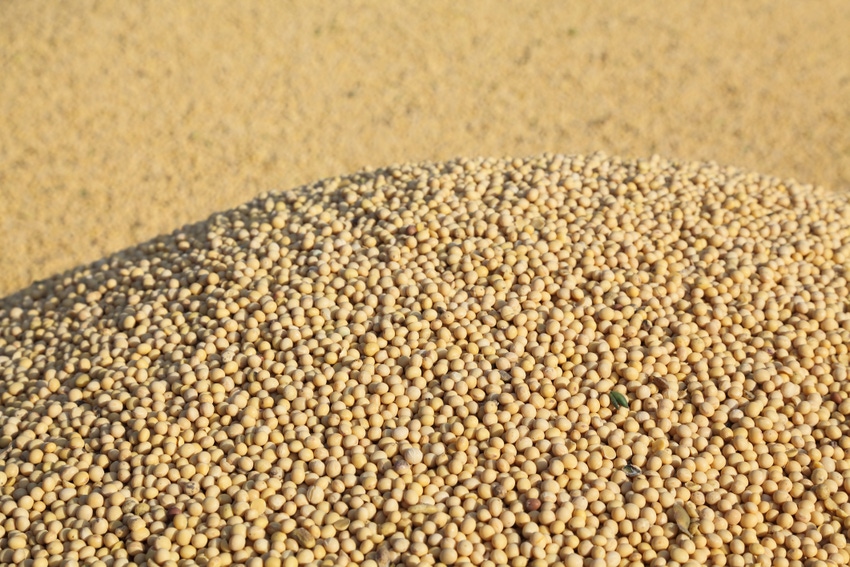
Here are the staggering statistics on just how much China holds of some of the world's staple agricultural commodities:
60% of the world's residual supply of corn.
66% of the world's residual supply of rice.
51% of the world's residual supply of wheat.
41% of the world's residual supply of cotton.
22% of the worlds residual supply of soybeans.
Gregg Doud, chief agricultural trade negotiator with the Office of the U.S. Trade Representative, shared the data as part of his talk to a general session of delegates at the 2020 National Cotton Council annual meeting Feb. 16 in New Orleans.
U.S. support of its agricultural industry often comes under scrutiny on the world stage. That's a problem. Doud wanted to make a point about the realities of the world marketplace, but specifically about cotton's side of the field.
Government support for the U.S. cotton industry, or subsidies if you call them that, particularly receives a bad rap. For many years, U.S. domestic cotton policy came under scrutiny by the World Trade Organization, most notably in a case Brazil brought against the U.S. The case was eventually resolved several years ago, but not to U.S. growers' advantage.
The cotton four, or C-4, countries are Burkina Faso, Benin, Chad and Mali. For many years the C-4 have rallied in the WTO against the cotton policies in more developed countries, such as the United States. And they are being heard.
China, it shouldn't be forgotten, is a communist country with a command-control economy. The government directly controls the supply, demand and the marketplace in which products flow.
"And somehow our (U.S.) subsidies are the problem," Doud said. "This is something we have to help the rest of the world understand and do a much better job of understanding what the realities of the marketplace are in agriculture today."
Agreed. On a level playing field, U.S. cotton growers, all U.S. growers, out compete all others in production and quality. But realities are realities in the global stage.
About the Author(s)
You May Also Like






